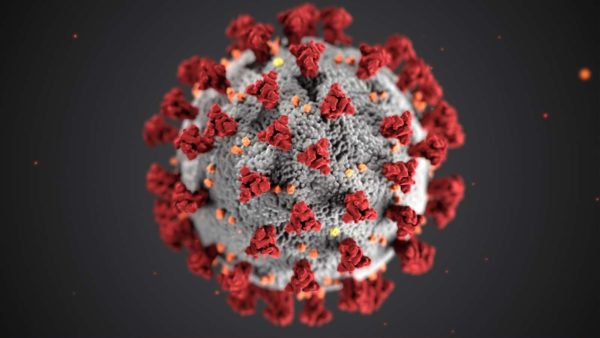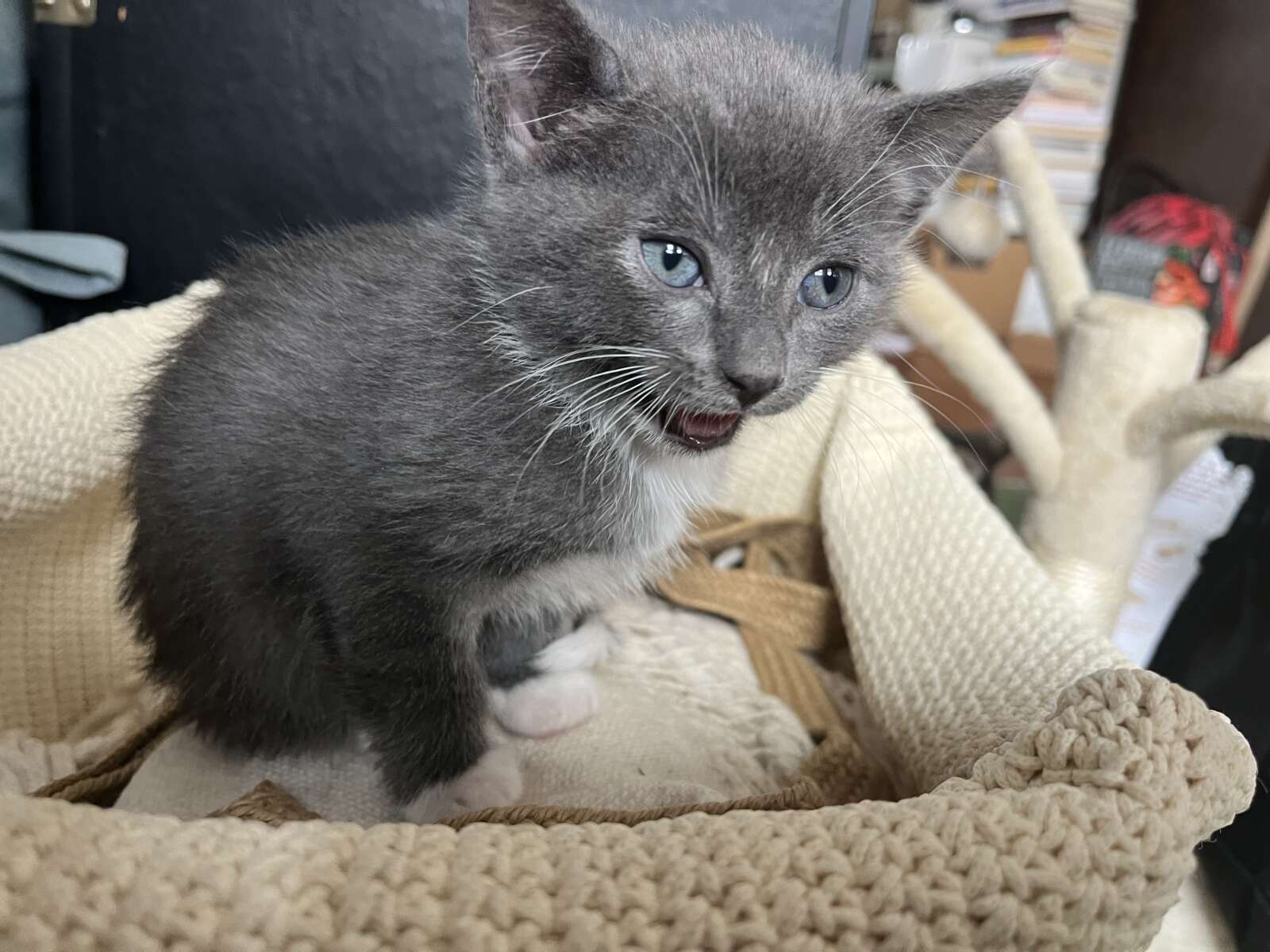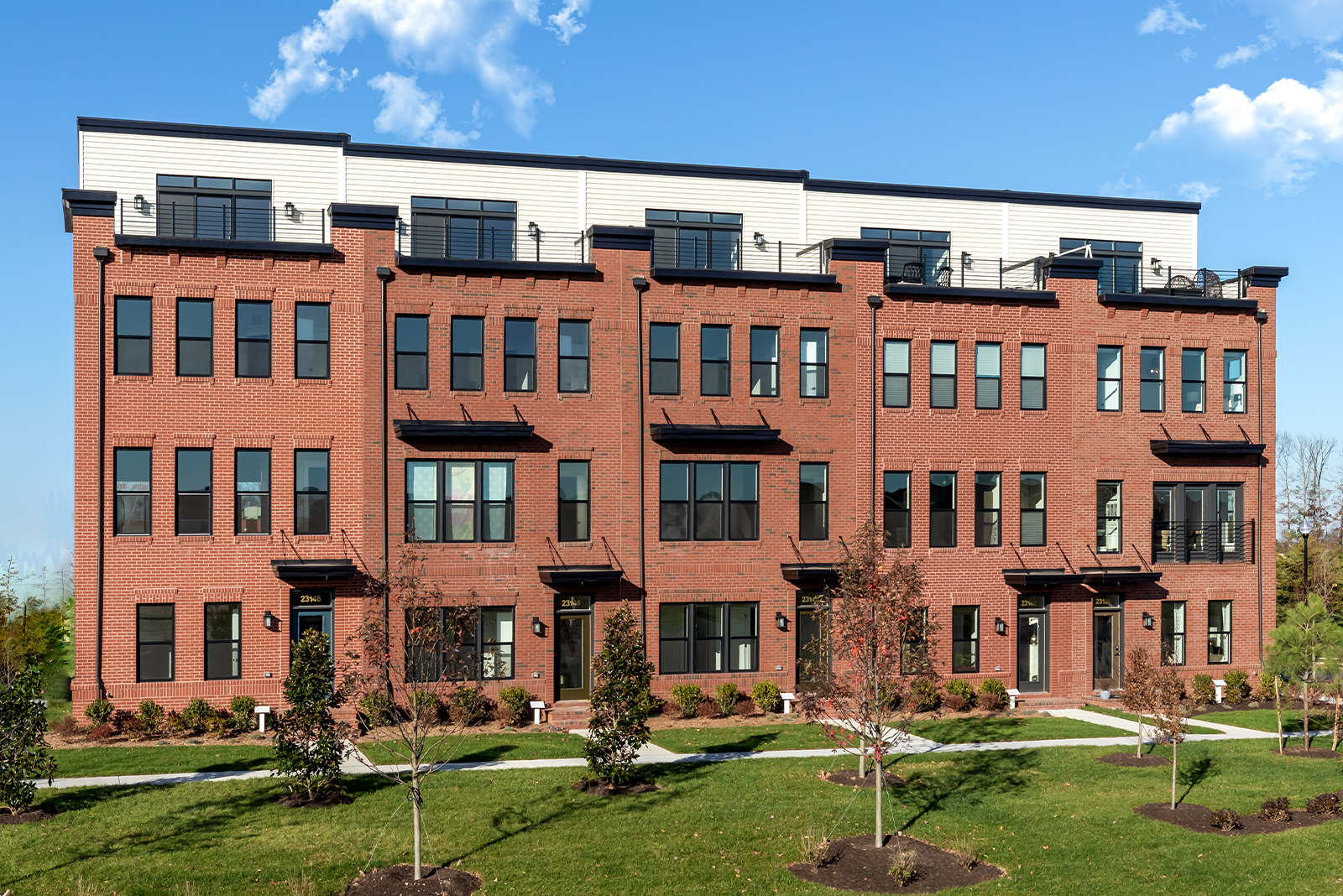The long awaited COVID-19 vaccine is reportedly on its way.
On Nov. 9, Pfizer Inc. and its German partner BioNTech unveiled their preliminary results on a potential COVID-19 vaccine. Pfizer and BioNTech followed up with an announcement on Nov. 18 that the vaccine is 95% effective with a consistent efficacy across age, race and ethnicity demographics during its ongoing trials.
On Friday, the pair formally requested an Emergency Use Authorization (EUA) from the U.S. Food and Drug Administration (FDA) to allow a faster rollout of a vaccine to the American public.
Shortly after Pfizer and BioNTech’s announcement of their preliminary results, another vaccine candidate co-developed by Moderna Inc. and the National Institute of Allergy and Infectious Diseases (NIAID) – which is part of the National Institutes of Health – was announced. Moderna and NIAID announced a vaccine efficacy of 94.5% on Nov. 17.
Well before these announcements, though, Fairfax County health officials were preparing for distribution and accessibility of a COVID-19 vaccine once one becomes available.
“We’re working on all of the logistics of getting the vaccine out,” said Dr. Benjamin Schwartz, Director of Epidemiology and Population Health for the Fairfax County Health Department.
“We’re working on communicating with our health care partners, health care providers, (and) health care organizations so that we can not only make sure we’re able to vaccinate them, but also if they want to deliver vaccine to their patients, that we can tell them how to do so.”
Schwartz advised that plans are still being made as the county and health department learn more about the two-dose vaccine and its availability in the coming weeks or months. Though some plans will need to be finalized, Schwartz shared that a portion of the county’s plans will be to focus initially on priority groups that are most at risk for severe illness. Those groups include health care workers as well as residents and staff of nursing homes.
The method for distribution in the county will also take a variety of approaches, according to Schwartz. He detailed that the vaccine will be distributed in some cases by facility, and by the local health department. He also said that some national chain pharmacies and private providers interested in vaccinating would be a part of the distribution plans.
Those plans are contingent on the availability of a vaccine. The FDA has scheduled a meeting of its Vaccines and Related Biological Products Advisory Committee (VRBPAC) for Dec. 10 to discuss the EUA request from Pfizer and BioNTech, according to a press release from the FDA. Though the VRBPAC may provide its advice to the FDA, the FDA will have the final decision on the pharmaceutical companies’ EUA request.
If the EUA request is approved, Pfizer has announced plans to distribute the vaccine as soon as possible in December.
“We will continue the work already underway to make sure we can begin shipping the vaccine immediately after authorization or approval,” Pfizer Chairman and CEO Albert Bourla said in a video released by the company on Nov. 20.
“Based on current projections, we expect to produce globally up to 50 million doses in 2020 – and up to 1.3 billion doses by the end of 2021.”
Schwartz explained that once a vaccine is approved, its distribution would be a function of the federal government, and it will decide how to allocate the vaccine to the states. The state health department would then allocate the vaccine to the local health departments or jurisdictions.
“We’re still communicating and learning how that’s going to work,” Schwartz said.
“We are in constant communication with the Virginia Department of Health and still obviously getting more information about how that’s going to occur.”
As of Nov. 23, Fairfax County reported 29,089 cases of COVID-19, with 26,841 confirmed and 2,248 listed as probable. The county’s COVID-19 case data dashboard also shows that 2,505 people have been hospitalized and 629 have died from the novel coronavirus.
Schwartz said that when a vaccine becomes available, he is confident in the county’s ability to distribute it appropriately, based on the county’s experience handling the H1N1 vaccine and years of planning and calculations.
He also stated that at this point, the “most important message is to stay informed and stay tuned.” He said that the county couldn’t share specific information until the FDA authorizes a vaccine and the Advisory Committee on Immunization Practice for the CDC can make recommendations for distribution practices and what the priority groups are.
Following those authorizations and recommendations, Schwartz said the county’s health department will begin communicating how much vaccine it will have, what groups it will be able to vaccinate and how to get the vaccine. Now, though, Schwartz said that the county wants to begin communicating with people about a vaccine.
“We know that many people look at this vaccine with perhaps some concern because it’s a new vaccine and because it was developed very quickly, quicker than vaccines are usually developed,” Schwartz said.
“We know from surveys that have been done nationally that many people are uncertain or skeptical about the vaccine. So, one of the things we need to do now is to communicate with people and give them information so that when the time comes, they’ll be able to make an informed decision.”
Though news of a potential vaccine coming soon has been met with a wave of acclaim and relief, Schwartz advised tempering excitement, as the vaccine has not yet arrived and will still take time to distribute to everyone.
Schwartz also said that news of a vaccine should not be looked at as a way for people to “loosen up” on public health strategies and other measures that have been put in place to mitigate the virus’ effect.
“It’s important to remind people that even with a vaccine on the horizon, we still need to be rigorous in our prevention measures, the mask wearing, social distancing, staying home when you’re sick, washing your hands,” Schwartz said.
“And that even after people start getting vaccinated, there still will not be what we call ‘herd’ or ‘community immunity’ until a large percentage of our population has gotten a vaccine. Even after a vaccine is given to some people, all of those other measures remain critically important.”
Photo via Unsplash






